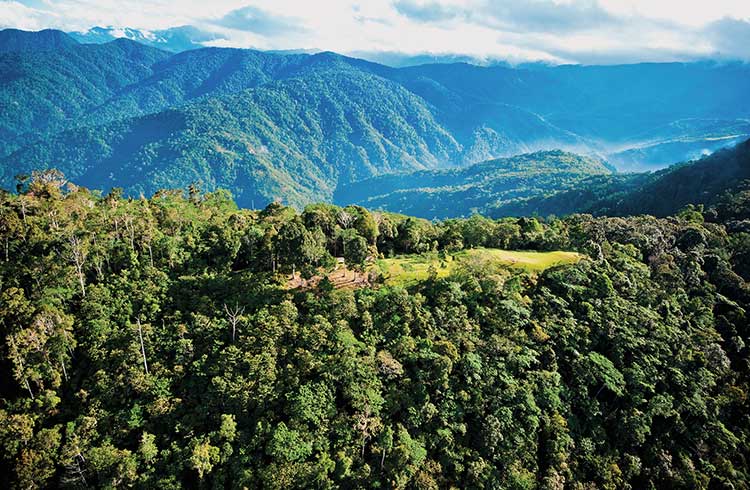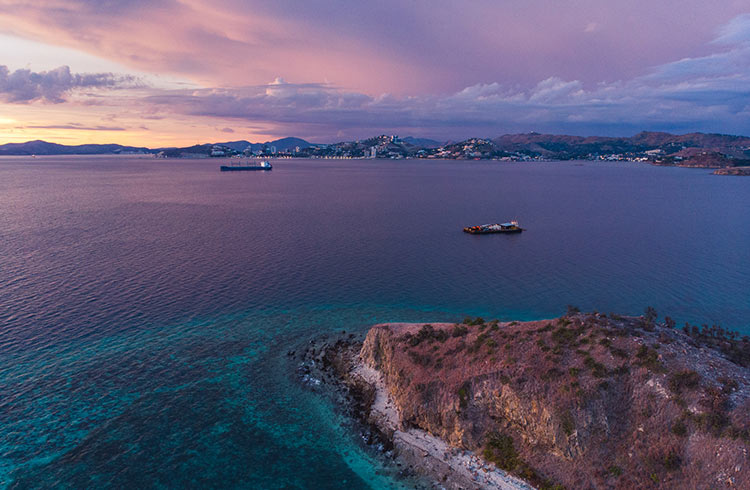Kokoda Trail Tips: Trekking Safely in Papua New Guinea
Planning to trek the Kokoda Trail in Papua New Guinea? Find out how to prepare mentally and physically for the heat, weather and strenuous trekking conditions.
 Photo © Getty Images/David Kirkland / Design Pics
Photo © Getty Images/David Kirkland / Design Pics
The Kokoda Trail was originally used by gold miners walking north from Port Moresby to the goldfields of Kokoda and Yodda during the 1890s.
Today it is best known as the scene of some of the most bitter fighting between Australian and Japanese forces in World War II (1942), and is now one of the most popular treks in Papua New Guinea.
How hard is the Kokoda trek?
The 59mi (96km) walk over the Owen Stanley ranges is not recommended for beginners. Travelers are advised to undergo rigorous fitness training before embarking on this demanding trek.
Do your research to find a responsible, reliable and safe tour operator. Read reviews and make sure the tour operator carries a satellite phone and VHF radio, and has Public Liability Insurance protection (this is the trek operator's responsibility). This is completely separate to travel insurance, which you need to organize on your own.
The trek can take anywhere from four to 12 days to complete, and it's a good idea to have experienced a multi-day trek before you even think about booking a Kokoda trekking trip.
Accommodation along the way is basic, sometimes sleeping in village huts or basic tents.
The trail reaches high altitudes, and its highest point is 7,185ft (2,190m) above sea level. Generally anywhere above 8,200ft (2,500m) is when people experience altitude sickness, however this differs from person to person.
Do not underestimate the Kokoda Trail. If you're excited by long, strenuous days of hiking uphill and downhill, sometimes through mud, with torrential downpours of rain and slippery slopes, this trek is right for you.
What to pack
Trekkers have two options: carry a daypack and hire a porter to carry your belongings (ideally no more than 10kg), or carry your own backpack the whole way (stick to a 15kg limit). All tour groups have porters who carry the tents, food and cooking equipment for the group – which means all you have to carry is your personal medical kit, toiletries, change of clothes and other items.
You will need to pack water purification tablets so that you can purify your water collected from streams along the way.
Do not forget to pack wet weather gear, and put your belongings inside waterproof bags as well as using a waterproof backpack cover.
Wear your hiking boots in before you go. Do not buy new hiking boots and wear them for the first time on day one of the trek. It's important you do some trial hikes in the boots, wear them in and make sure you don't get blisters.
Don't overhydrate yourself
Apart from the physiological stress of the walk itself, temperatures and humidity are high, and the route is often very wet due to the constant tropical downpours.
Due to the high temperature and humidity associated with heavy sweating and resultant loss of fluid and body salts, some have sought to remedy dehydration by drinking huge quantities of water.
Drinking too much water is dangerous. Melbourne-based Doctor Eric Seal, suggests that drinking too much water can lead to exercise-associated hyponatraemia (EAH), and hikers on the Kokoda Trail are likely to suffer this potentially fatal condition.
The early symptoms of EAH look like heat exhaustion. Advice to drink more water can lead to overhydration. It was common for Kokoda's trekkers to start every day carrying more than four litres of water.
The typical profile of risk factors for EAH includes high availability of drinking fluids, more than four hours' exercise duration and hot environmental conditions.
Related articles
Simple and flexible travel insurance
You can buy at home or while traveling, and claim online from anywhere in the world. With 150+ adventure activities covered and 24/7 emergency assistance.
Get a quote
No Comments